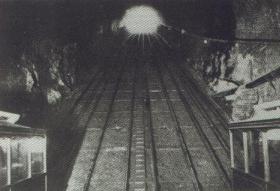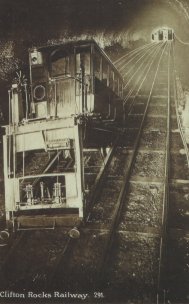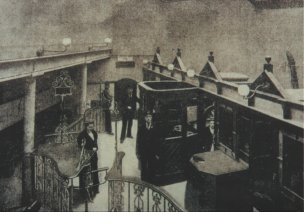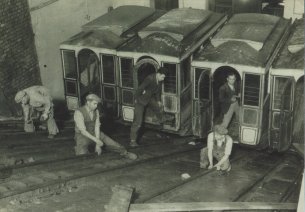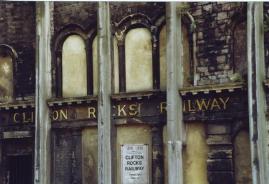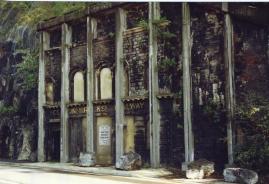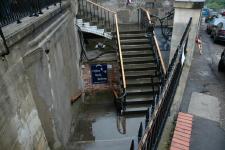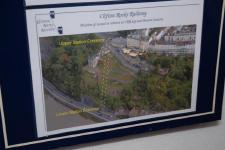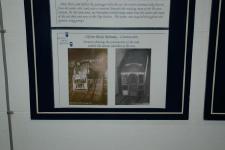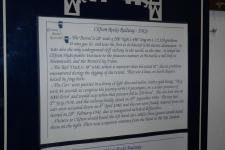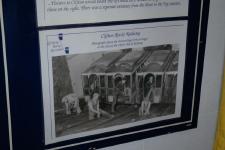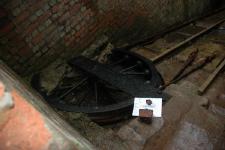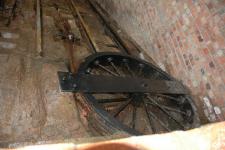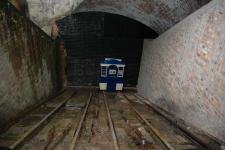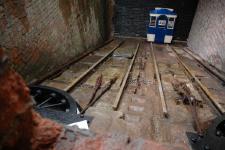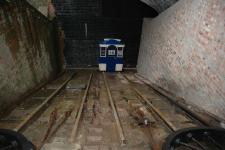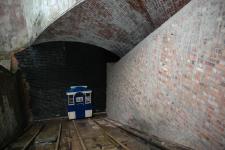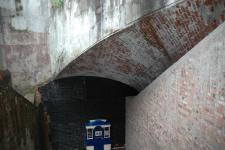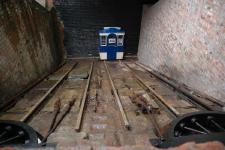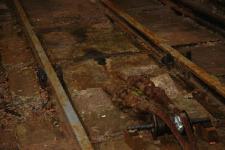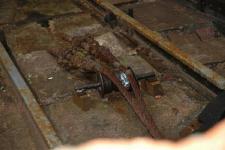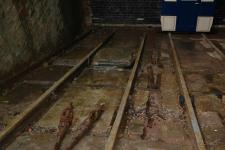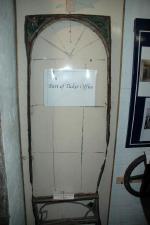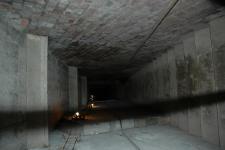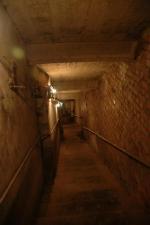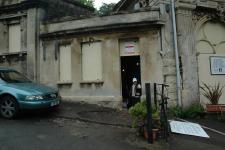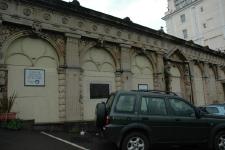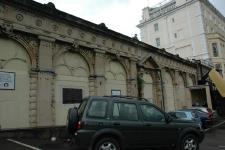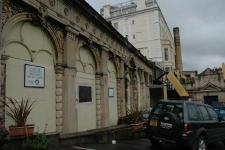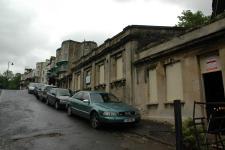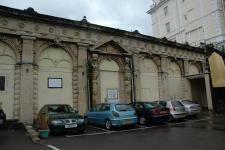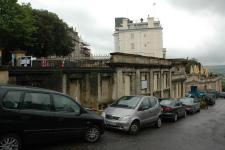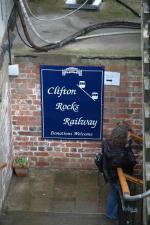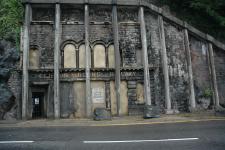Clifton Rocks Railway
A water powered railway with the water being recycled using a gas engine. It was completely enclosed in a tunnel from Hotwells Road to Zion Hill, in Clifton, Bristol. The lower (Hotwells) terminus of the Clifton Rocks Railway now stands bricked up and forlorn at the side of Hotwells Road. This road, so busy nowadays, leads into the Portway, which replaced the towpath to Avonmouth in the 1920s. When the Railway opened in 1893, this spot was where the tram route ended, as the inhabitants of Clifton did not wish trams to enter their streets. The gas-lit tunnel in the steep cliff was 500 feet long and the tracks were at a gradient of more than one in two. There were four cars, which could carry 18 passengers each. The journey took 40 seconds and the weight of the descending water-ballasted car pulled up the ascending one. If there were more passengers in one car than the other, the amount of water had to be adjusted. Bristol Tramways Company bought the Rocks Railway in 1912. Although it had carried about 100,000 passengers in the first 6 weeks of opening, by the 1930s the operation showed a continual loss and it was closed in 1934. During the Second World War the tunnels were adapted and used by the BBC. Studios and a technical control room were built inside and radio transmitters installed. This control room was maintained day and night until the end of the war and the studios used for presenting programmes if there was a bombing alert. The transmitter continued in use as a local booster station until 1960, when it became redundant and the BBC finally withdrew.
www.farvis.com/RocksRly-text.htm

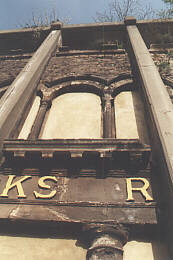
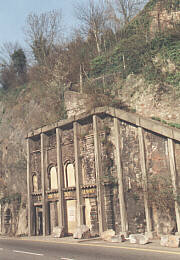
| Date Opened | 11/3/1893 | Length | 137 m |
| Gradient | 1:1.9 | Track Gauge | 1118 mm |
| Number of Cars | 4 | Open to Public | Yes |
| Funicular Type |   | Track layout |   |
| Power Source |  | Railway Status |  |
